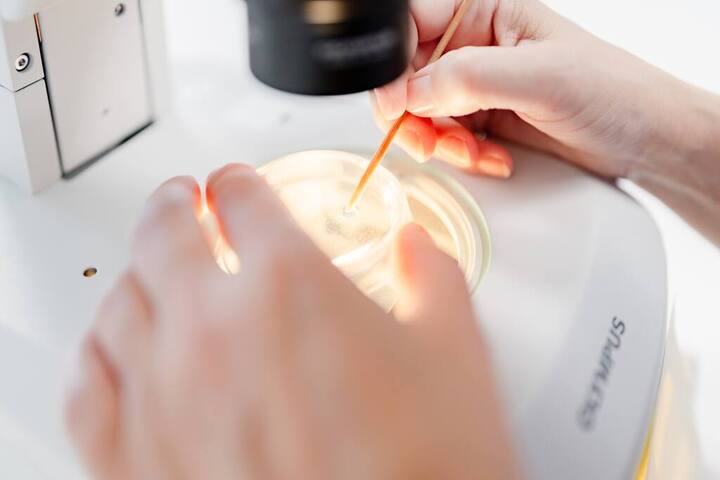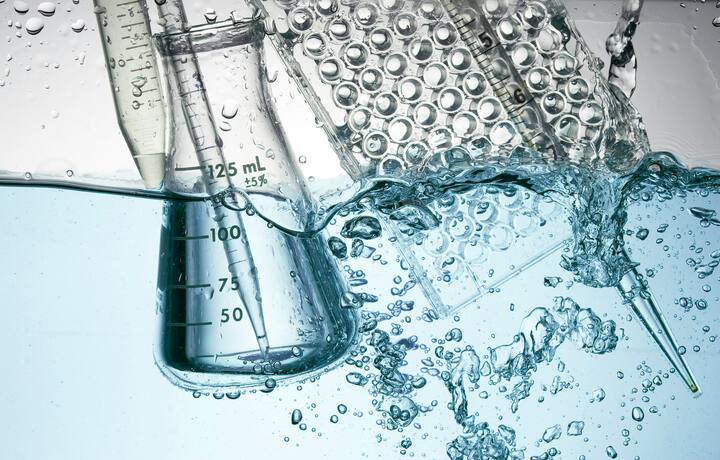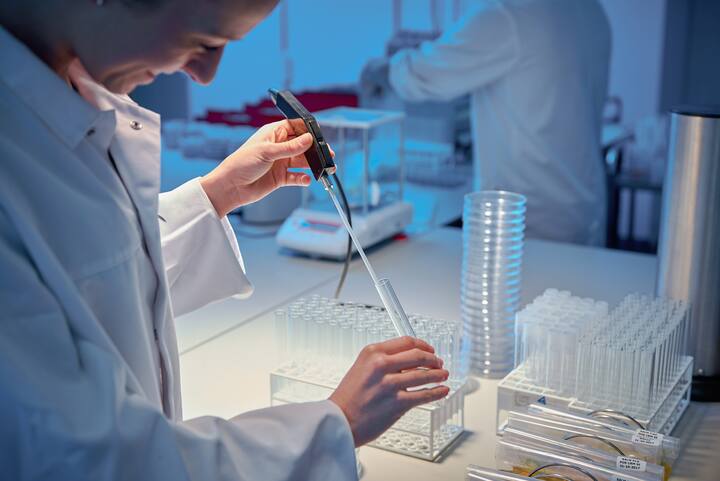
Leading in Nematode Testing
Nematode testing
Free-living nematodes, especially root-knot nematodes (Meloidogyne), root lesion nematodes (Pratylenchus), Trichodorus and cyst nematodes (potato cyst nematodes and beet cyst nematodes) can cause major damage to various crops. In order to prevent any harm, it is important to take samples of the plots to test for these nematode species. The free-living nematodes are identified in a standard nematode package. In addition, it is also possible to test for cyst nematodes or one type of free-living nematode. You will receive crop-specific advice for each nematode test.
Sample-taking
Taking a proper sample forms the start of nematode testing. Consequently, it is essential that this is carried out correctly. We will gladly help you with getting the nematode testing off to a good start.
Nematode research in brief
Prevent major damage by doing nematode testing
Receive crop-specific advice
Pieter LucassenPerennial plant nursery MTS Lucassen
I had never really looked into things like fertilizer. That was always Dad’s territory: he had an instinctive feel for it. I don’t. And with the legal fertilization limits, I had to come up with another way to keep growing.
Nematode testing
100% certainty
Normec helps you as a grower with laboratory testing. This gives you 100% certainty about the presence of free-living nematodes that pose a serious threat. Examples include: root-knot nematodes (Meloïdogyne), root lesion nematodes (Pratylenchus), Trichodorus (transmitter of tobacco mosaic virus) and cyst nematodes (potato cyst and beet cyst nematodes).
Incubation
In order to detect nematodes that are still present in root residues or eggs, incubation of the soil sample is necessary. It is particularly important to detect the entire population in the soil when dealing with harmful nematodes. All of this is done in our accredited laboratory (NEN-EN-ISO/IEC 17025). We treat organic material from a soil sample according to official protocols and incubate it for at least two (and sometimes up to four) weeks. Without incubation time, there is an immediate risk of an incomplete analysis.
Sampling
Proper nematode research starts with professional sampling. Normec works exclusively with trained, independent samplers who comply with all guidelines. This includes using clean equipment to prevent cross-contamination from other plots, sampling at the right time and at the right depth. Our rule of thumb is a maximum of 2 hectares per sample and a minimum of 60 samples per hectare.
Laboratory
Effective nematode control starts with identifying an infestation, determining the type of nematode, and assessing the size of the population. Our microscopic examination reveals all nematodes in a soil sample. This is in contrast to DNA testing. Counts in our laboratory are performed in duplicate and sometimes even triplicate. This provides 100% certainty. Our specialists supplement the research report with tailored advice.
Improving soil life
In addition to nematode research, we can also provide soil life monitoring and water and fertilizer analysis. Combining nematode samples and fertilizer analysis gives you even more advantages when it comes to improving soil life. Thanks to the accurate analyses carried out by our laboratory and our customised fertilizer plan, various customers have been able to reduce their use of artificial fertilizers for years while maintaining top yields and product health.
Optimizing nematode research
Our nematode researchers work together with scientists and research institutes to optimize nematode testing. This is essential in light of the global threat to food security posed by plant-parasitic nematodes. Climate change is causing a sharp increase in nematode activity.
Accredited laboratory
Our nematode tests are carried out by Normec Robalab. We work in accordance with a quality system based on NEN-EN-ISO/IEC 17025, the international standard for general requirements for the competence of laboratories. Normec Robalab is accredited by the Dutch Accreditation Council (RvA) in accordance with this standard.
Register your assignment
These services might also be of interest to you

Water survey

Soil testing
Leading companies in this service

Normec Robalab
Deurne Netherlands

Normec Dumea
Wijhe Netherlands
Do you want to create a safe and healthy working and living environment?
FAQ
Frequently asked questions
Hidden nematode populations can reduce yields, cause product rejections and limit export options long before visible damage appears. An annual test lets you detect harmful species early, protect crop quality and avoid costly re‑sowing or lost playing hours on sports turf.
It starts with professional sampling: max. 2 hectares per sample and at least 60 cores per hectare. To detect nematodes hidden in root debris or eggs, the sample is incubated for up to four weeks. Our ISO 17025-accredited lab then uses microscopic analysis to identify all nematodes by species, gender and number, giving you a complete and reliable picture.
You’ll receive a clear report with exact counts, risk levels and practical advice. If needed, we’ll recommend next steps to improve soil health and protect crop or turf performance. For extra insights, we can combine nematode testing with fertiliser or soil biology analysis.
